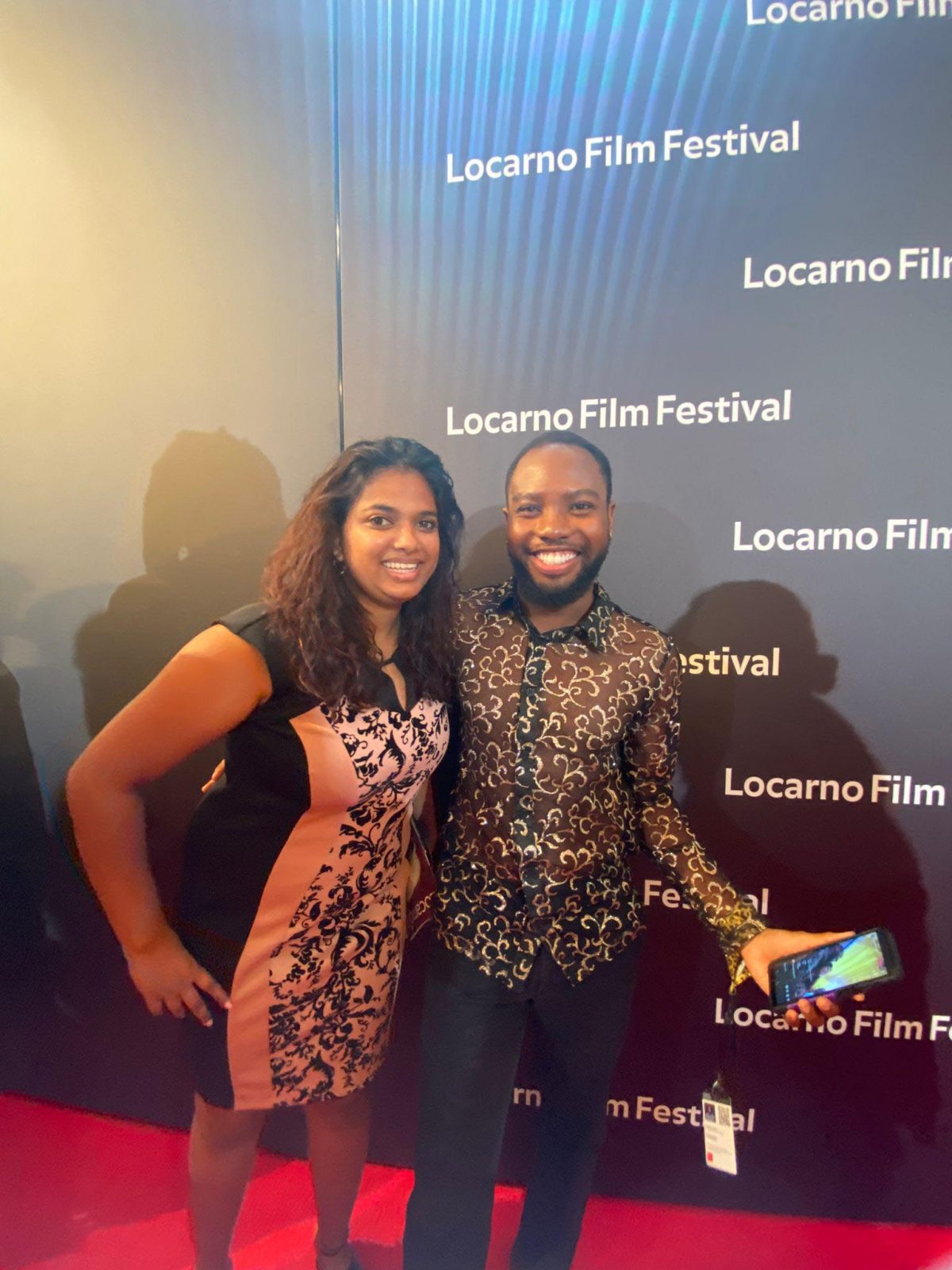The Locarno Film Festival in Switzerland, which ended yesterday, was everything its name suggested and more. Resonating with a palpable sense of creation, it saw talent from diverse corners of the globe intersecting, their shared passion apparent in every interaction. The festival’s Open Doors Section, in particular, stood out as an illuminating path for emerging talent and fostering a sense of unity within the Caribbean and Latin America.
Open Doors at the Locarno Film Festival is a developmental project that supports filmmakers who lack access to resources and talent available to others. The initial round of Open Doors comprises a three-year cycle dedicated to nurturing Caribbean and Latin American filmmakers. The choice of name aptly reflects the festival’s effort to open doors for filmmakers from this region.

The project consists of three components: the Hub, the Lab, and Open Doors Screenings. The Hub aims to provide financial support for feature projects from the region and encourages potential co-productions with countries boasting more established film industries. The Lab focuses on nurturing creative producers and their roles in guiding a film from concept to distribution. The Screenings showcase the works of filmmakers from the region. This only scratches the surface of the benefits of participating in Open Doors.
Networking lunches and discussions were organised for filmmakers, enabling them to connect with producers active in the film industry. These connections allow for filmmakers to bridge gaps that arise due to limitations faced when making films in this region.
During the discussions this year, filmmakers shared stories of resource constraints and innovative solutions to their challenges. Some ingeniously used their mobile phone lights to illuminate scenes in their films with remarkable results. Others faced severe opposition from their governments, preventing them from shooting films in their own countries, leading them to create their work in secret. Nonetheless, these filmmakers circumvented such obstacles and completed their projects even in the face of danger in their homelands.
These shared struggles helped them realise their common issues and how colonial legacies and borders contributed to separating people with similar cultures and traditions. In certain instances, filmmakers had fled their home countries due to societal breakdowns, both moral and economic, finding themselves in exile. Yet, it was these tales of societal trauma that fostered bonds among filmmakers, transcending the brief time they spent together. These conversations were enlightening.
Locarno provided a platform for filmmakers to express their pain and frustration from living in countries where politicians prioritised consolidating power at the expense of their citizens. Filmmakers drew inspiration from each other’s works, which went beyond mere entertainment. These films were vehicles of resistance, a sentiment that was highly valued. The illusion of division created by borders crumbled. There was also a sense of compassion for people in neighbouring countries, often facing perilous circumstances and discrimination.
Another of the highlights of being in Locarno was experiencing each other’s films and witnessing how Caribbean and Latin American filmmakers portrayed their stories devoid of western influences. The films felt more personal and intimate. They weren’t subject to external preconceptions, catering solely to a western audience. In these films, the characters were the focal point, not secondary figures guiding a western character’s journey of enlightenment. Locarno celebrated this approach, with filmmakers gracing the red carpet and their images projected onto the screen at the Piazza Grande. This open-air theatre, accommodating 8,000 spectators, is the heart of Locarno. Travellers from around the world make it a point to watch films there.
The prominence afforded filmmakers from Latin America and the Caribbean demonstrated that Open Doors’ organisers aspire to establish cinema from underrepresented regions in history. In the past, Latin American and Caribbean films might have encountered obstacles that seemed insurmountable, but the collaboration between Locarno and the Swiss Agency for Cooperation and Development illustrates the attainability of this goal. Their vision and commitment for the region extend beyond rhetoric, manifesting as concrete, strategic actions that have connected filmmakers to resources and networks previously unavailable. The door is now open for filmmakers to step through.






